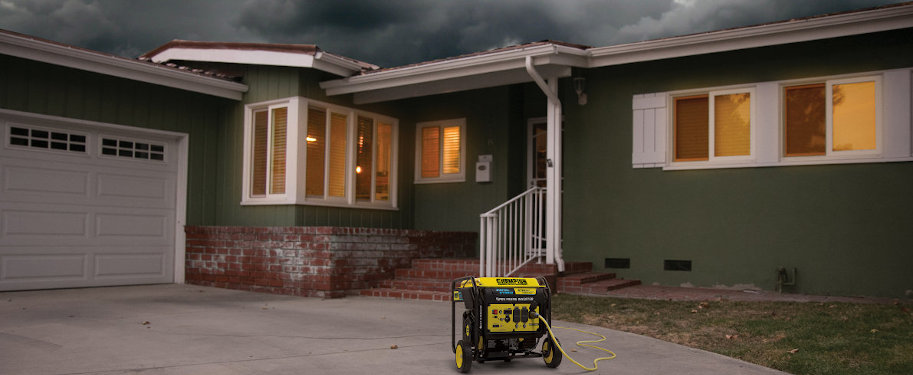3 Signs You Need to Buy a Generator for Home
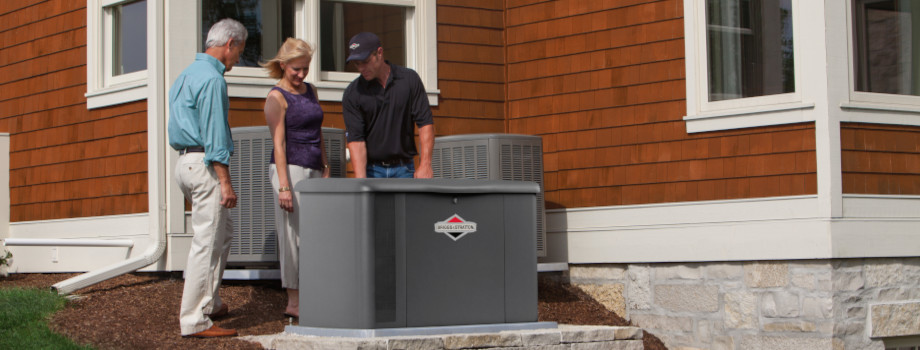
Whenever the power goes out, we all ask ourselves a similar question. “How long this time?” Not surprising because we rely on electrical power in virtually every aspect of our lives, from staying comfortable to safe food to medical equipment. When Thomas Edison built the first power plant for electric lights, those light bulbs and the power to turn them on were a luxury. Luxury became convenience, and then necessity. People, businesses, and communities are ill-equipped to do without electrical power in a world where everything depends on it.
Most of us can do without for an hour or two. After 2 hours, lack of power becomes a worry. Food in a refrigerator enters the danger zone (40 to 140° F) about four hours after the power goes out. Six hours into the power outage and perishable food is no longer safe. Meats, poultry, dairy, and opened canned goods. Freezers keep food frozen up to two days if they are full and remain closed. If a sump pump keeps your home dry, flooding could start in as little as 30 minutes with or without rain. How often does your pump work?
Sign #1—Do you own or rent a single-family home or duplex?
Should I Buy a Generator?
More than likely, the answer is yes if you own or rent a single-family home or duplex. In 2011, The Federal Emergency Management Agency issued a release in the aftermath of Hurricane Irene that homeowners should consider a backup power generator. Backup generators fall into two categories: portable generator or standby generator.
Need to Know: Portable Generator versus Standby Generator
A standby generator runs automatically and restores power within a few seconds after the outage hits. Capacity and configuration determine how much of the house the generator can power during an outage—just the essentials, the whole house, or essentials plus convenience. A standby generators installation is permanent connects to your home electrical system through an automatic transfer switch. Installation requires a permit and inspection.
Portable generators do not run automatically and require connection and setup for each use. Size and capacity will determine how much you can power. In a typical outage, the homeowner wheels the generator out of the garage to a safe location and provides protection from rain or snow before performing these steps.
- Add fuel to the tank.
- Run heavy duty extension cords into the house and connect to essential appliances. (Do not plug into the generator yet.)
- Turn the main generator circuit breaker off.
- Turn the fuel valve on.
- Start the generator and wait thirty seconds for it to warm up and the speed to stabilize.
- Turn the generator main breaker on.
- Plug in the extension cords, one appliance at a time, about 15 seconds apart.
- Shut down the generator several times a day to add fuel and to check and add oil. After 50 or 100 hours, change the oil according to the recommended schedule.
How to Use a Backup Portable Generator
Follow similar steps for shutdown only in reverse.
If using a portable generator sounds like a hassle, it doesn’t have to be so tedious.
A manual transfer switch with inlet box allows you to connect the generator to pre-selected circuits with a single cord. It lowers the risk of carbon monoxide poisoning and electrical shock and eliminates trip hazards associated with extension cords.
Portable Generator Safety Guide
At this point, you might ask yourself, “Why would I buy a portable?”
It’s a good question that needs an answer.
Sign #2—At Least One Power Outage every Year Lasts More than Two Hours
In 2016, U.S. households had an average of 1.3 power outages lasting an average of 4 hours.
~ American Society of Civil Engineers
Should I Buy a Portable Generator for Home or a Standby Generator?
If you rent a single-family home or duplex, or live within a Home Owners Association that restricts standby generator installations, buy a portable generator. On a rental property, you can run a few extension cords to keep your essential appliances powered, medical equipment, refrigerate medicine, or keep your home office equipment running. HOA rules vary. You must know the rules before you set a portable generator on the driveway and run it through the night.
A Backup Battery Storage System can keep your house powered for days and it won’t break any noise rules or bother a neighbor. Add a solar array and you’re independent or partially independent. It’s more affordable that most people realize.
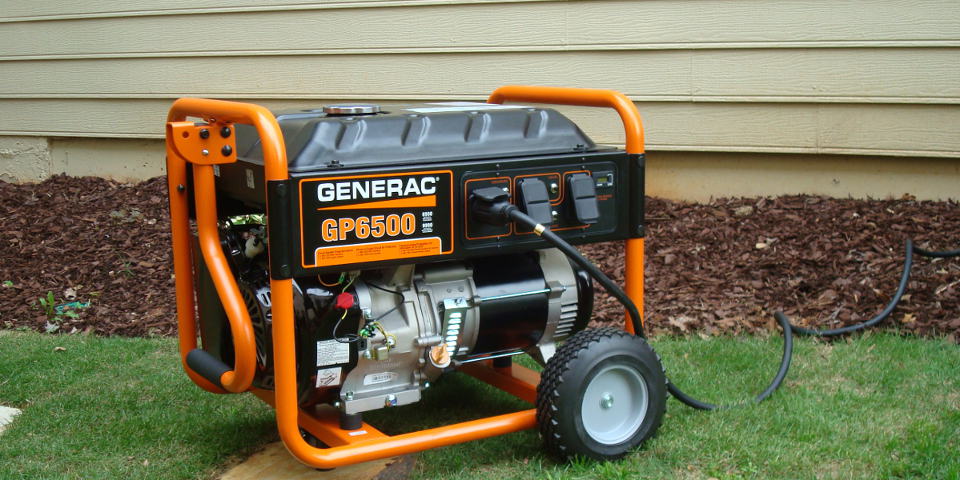
Reasons to Buy a Portable Generator for Home Use
The most cited reason is cost. A standby generator represents a sizeable investment and not everyone can afford a whole house generator. Standby installation adds 25 to 100 percent of the generator cost. How much depends on factors including capacity, location of utilities, and the final location of the generator. However, get estimates before you rule out a standby generator. The difference might be less than you think for a unit that can power more than a portable but less than a whole house generator.
You don’t own the home. Making the necessary modifications to a home you don’t own to install a standby generator could reach deep into your pockets at move-out time. Moving the generator probably isn’t cost effective. For a home you don’t own, it makes little sense. Any modification necessary to use a portable generator is easily reversed at a comparatively small cost when it’s time to move out.
Cost Prohibitive Upgrades. Some older homes have old circuit breaker panels or fuse boxes. The local building authority or utility might require an upgrade before installation. If your gas meter can’t supply enough gas, you’ll need a different meter and may have to cover the expense. A home that uses propane instead of natural gas might need a bigger tank.
Power Outages are Rare. If your power almost never goes out, a portable will get you through the occasional outage that lasts a few hours or a few days. On the rare occasion it goes out, you have enough power for your essentials.
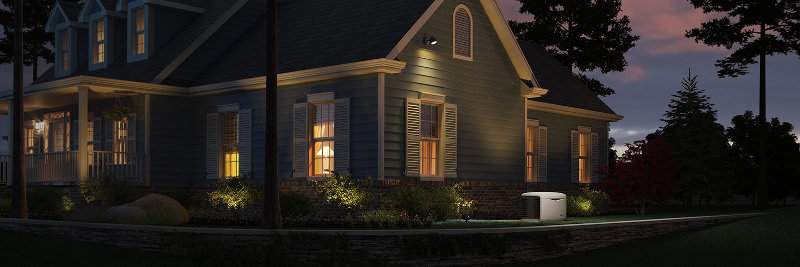
Reasons to Buy a Home Standby Generator
Frequently Away from Home. Those who work away from home may leave for up to 12 hours a day, five or six days a week. If you leave at seven in the morning and return at six, and the power goes out for a few hours, you may as well empty the refrigerator into the trash. Check the freezer too. Ice cubes or ice cream that melted and refroze indicate the freezer was too warm. There’s no way to know if the food is still safe. Throw it out.
Extended Power Outages. Portables are great for a few hours or a day or two. Once you exhaust your fuel supply, which won’t take long, you need more fuel and that becomes a daily chore. How far is your nearest gas station or propane supply? Will they have power during an outage? Will they run out of fuel following a natural disaster?
Higher Power Needs. Generators have a limited capacity rating in watts or kilowatts. Once you go beyond 12,000 watts, connections get a little more complicated and require special cords. Operating hard-wired appliances like central air or a water heater requires connection through a transfer switch. The cost difference between a 14kW standby generator with an automatic transfer switch and a 15kW portable generator with a manual transfer switch is marginal.
Peace of Mind. A standby generator handles power outages automatically. It won’t matter if you’re at work, halfway around the world on vacation, or sitting in your den. The power goes out, and the generator starts automatically. Home and family remain safe and comfortable. Natural gas powers a generator for weeks or even a month or longer. No fuel to buy, store, rotate, or find during a shortage. Contract with a service dealer for on-time maintenance and they’ll take care of it.
Buyer Guide: What Size Standby Generator Do I Need?
Sign #3—You Live in a Vulnerable Area
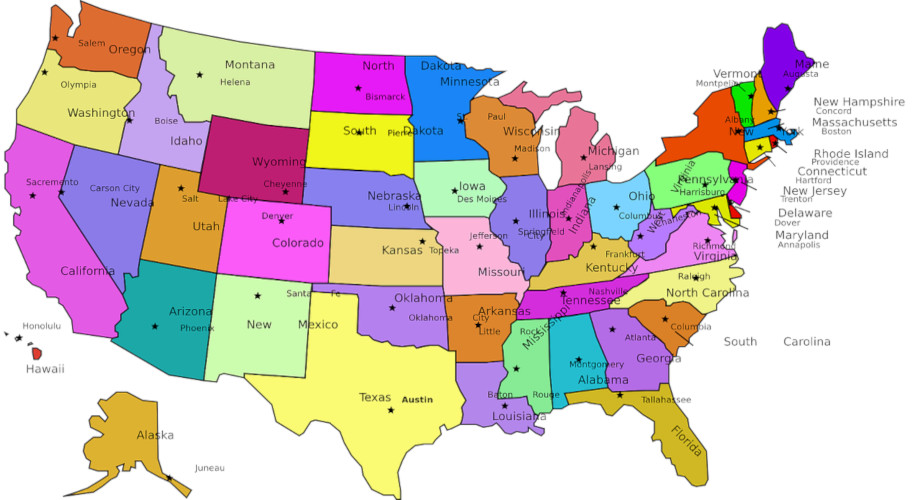
If you live in the United States, you need a home backup generator.
The power grid in the United States is showing its age. The distribution grid in California has deteriorated to the point that Pacific Gas and Electric shuts off power whenever the wind blows in warm, dry conditions to prevent their equipment from causing wildfires. Along the coasts, hurricanes and tropical storms wreak havoc on local grids whenever one makes landfall. Outages typically last a few days, but some residents and businesses go weeks without power.
Weather events from tropical cyclones to blizzards and ice storms cause outages that last a few hours to a few days. In February 2021, Texas residents lost power for days when temperatures plummeted far below freezing after a winter storm. The state distribution grid and power stations are not winterized, and many Texans rely on electric heat. A combination of increased demand and equipment failure left millions without power and water for days.
According to Popular Science, some of the oldest power lines in America date back to the 1880s. That’s right. The U.S. installed those lines nearly 140 years ago. We built much of the national grid in the 1950s with a 50-year life expectancy. The same infrastructure is 20 years overdue for an upgrade.
A U.S. Energy Administration report states that in 2016, utility customers experienced an average of 1.3 outages with a total duration of 4 hours. Some states have higher averages, others are lower. Residents in South Carolina lost power for 20 hours in 2016.
The power outage problem isn’t getting better. Major outages that affect 50,000 or more customers have grown tenfold since 2013. Upgrades to the distribution and transmission grids are expensive and consumers foot the bill. Many proposals lose traction the moment utilities mention cost to the consumer.
The American Society of Civil Engineers gives U.S. Infrastructure a D+. That includes the U.S. Power Grid, which faces a 208-billion-dollar infrastructure funding gap that will cost residential and commercial utility customers over 500 billion dollars by 2029.

